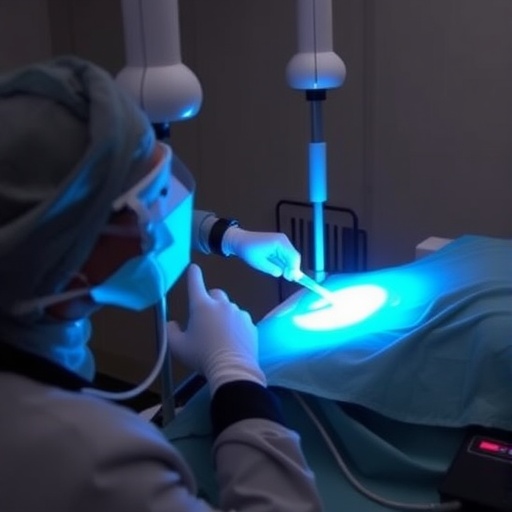WASHINGTON, D.C., Nov. 22, 2016 — This month, Samsung recalled 2.8 million top-loading washing machines due to excessive vibrations that could cause the top to break off — a problem that led to at least nine reported injuries. The vibrations happen when the normal oscillations of the washing machine become trapped in resonance, causing it to shake harder and harder at the resonant frequency.
It's a problem that doesn't just afflict washing machines. It can be an issue with all kinds of machines that rely on vibrations and oscillations, such as industrial shaking devices used to separate different-sized gravel and other raw materials, or riddling machines that loosen the sediment stuck on the insides of a champagne bottle and make the debris easier to remove.
But now researchers have developed an algorithm that could help machines avoid getting trapped in this resonant motion. Using a combination of computer simulations and experiments, the researchers found that by carefully increasing and decreasing the speed of a rotor, they could nudge it past its resonant frequency. The rotor doesn't get stuck in resonance like the faulty washing machine.
"Our method is analogous to pushing a car back and forth in order to get it out of a ditch," said Alexander Fradkov of the Institute of Problems in Mechanical Engineering, Russian Academy of Sciences. He and his colleagues describe their new research this week in Chaos, from AIP Publishing.
Their method applies particularly when turning on a machine and the rotor speeds up. As it accelerates, depending on the design of the rest of the machine, it might reach a resonant frequency. The rotor might then become trapped operating at this frequency, which could cause damage or simply mean the machine doesn't work as designed.
Boosting the power of the rotor could push it over the hump, but that requires more energy and a bigger, unwieldy motor.
Instead, the researchers found that by increasing or lowering the rotor's speed by small amounts, they could control its frequency and get it past resonance. They used a computer to model a system in which two vibrational rotors are coupled together. Their model results matched those from a two-rotor machine designed for these kinds of experiments.
The researchers also used specific mathematical analysis to show that by controlling a system with arbitrarily small intensities, they could move it from one state of motion to any other state. This theoretical scenario, involving a system with only one degree of freedom and assuming no friction, is important for better understanding cybernetical physics — the study of how to control a physical system, Fradkov explained.
"This result allows us to be more optimistic in practical applications since it provides an algorithm for how to move from one position to another with little effort," he said.
The next step, the researchers say, is to see how you could control a system near resonances at higher frequencies (and therefor energies) and to explore the effects of different initial conditions.
###
The article, "Control of oscillations in vibration machines: start up and passage through resonance," is authored by Alexander L. Fradkov, Dmitrii Gorlatov, Olga Tomchina and Dmitrii Tomchin. The article will appear in the journal Chaos Nov. 22, 2016 [DOI: 10.1063/1.4966632]. After that date, it can be accessed at http://scitation.aip.org/content/aip/journal/chaos/26/11/10.1063/1.4966632.
ABOUT THE JOURNAL
Chaos is devoted to increasing the understanding of nonlinear phenomena in all disciplines and describing their manifestations in a manner comprehensible to researchers from a broad spectrum of disciplines. See http://chaos.aip.org.
Media Contact
AIP Media Line
[email protected]
301-209-3090
@jasonbardi
http://www.aip.org
############
Story Source: Materials provided by Scienmag




